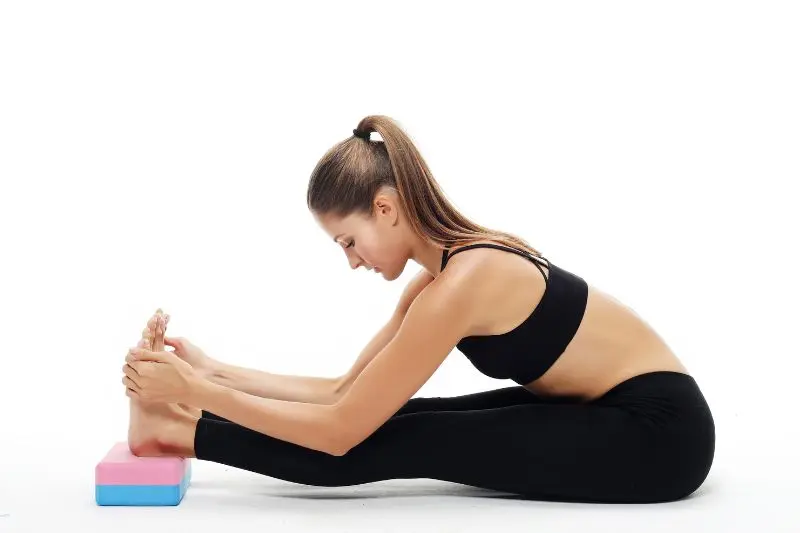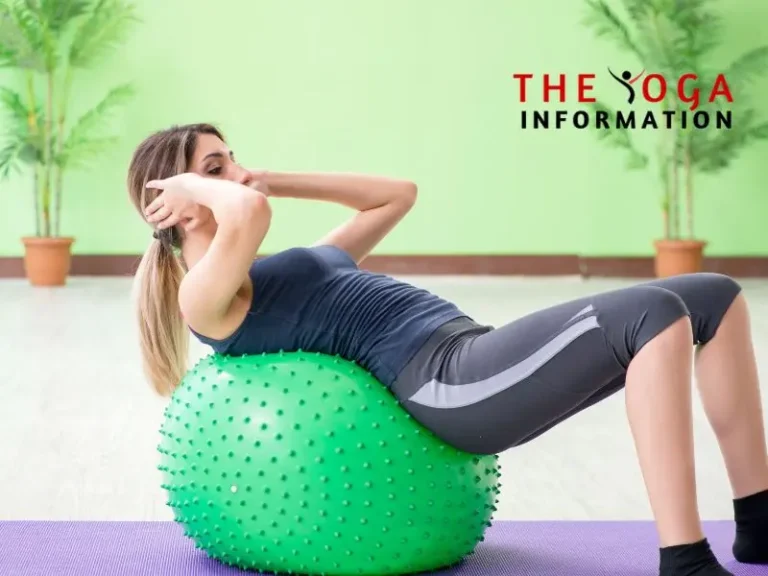Welcome to “How to use yoga block” blog, where we delve into all things related to yoga blocks and how they can enhance your practice. Whether you’re a seasoned yogi or just starting out on your yoga journey, understanding the benefits and techniques for using yoga blocks can take your practice to the next level. In this blog, we’ll explore the versatility of yoga blocks, various ways to incorporate them into your practice, and the potential benefits they offer.
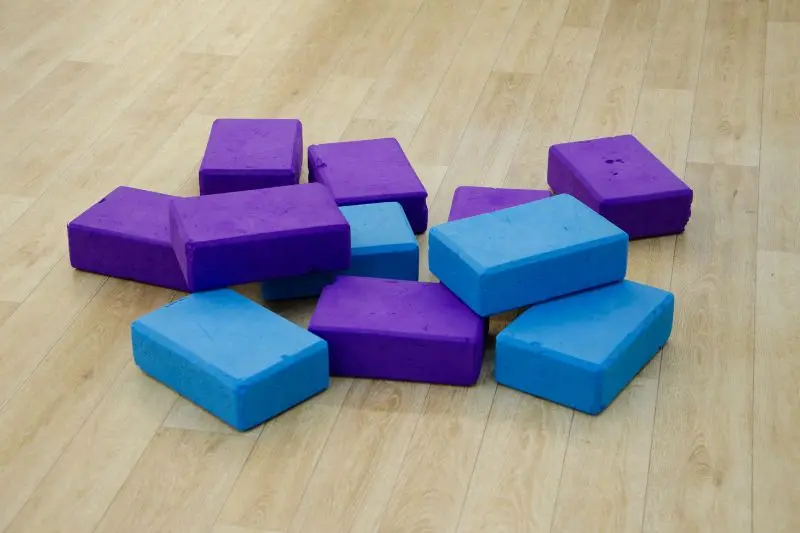
Why are Yoga Blocks Used
Yoga blocks are commonly used to modify and enhance yoga poses. They are particularly helpful for beginners who may have limited flexibility or strength, as well as for experienced practitioners who want to deepen their practice. Some key reasons why yoga blocks are used
Support and Stability
Yoga blocks provide support when reaching for the ground is difficult, helping to maintain stability and proper alignment in various poses.
Alignment Assistance
They can be used to bring the ground closer to you, allowing for better alignment in poses such as triangle, half-moon, and standing splits.
Extension
Yoga blocks can extend your reach, making it easier to fully experience a pose without straining or compromising alignment.
Balance
By using yoga blocks, you can improve your balance and stability, particularly in standing and balancing poses.
Benefits of Using Blocks in Yoga
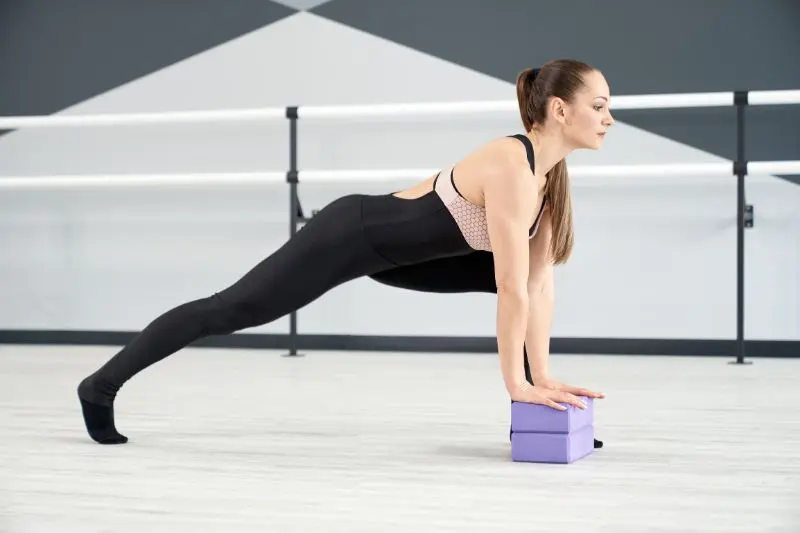
Alignment and Support
Yoga blocks are excellent for maintaining proper alignment in various poses. They provide support and stability, making it easier for practitioners to achieve correct posture, especially in poses where flexibility or mobility may be limited. Whether you’re a beginner or an experienced yogi, blocks can help you find the right alignment and prevent strain or injury.
Deepening the Stretch
Incorporating yoga blocks into your practice can help you deepen your stretches and poses. By using blocks, you can modify the intensity of a pose and gradually increase your flexibility over time. This is particularly beneficial for individuals who are working on improving their flexibility or are recovering from an injury.
Accessibility
Yoga blocks make challenging poses more accessible to a wider range of practitioners. They can be used to reduce the distance between the ground and your body, allowing you to comfortably ease into poses that may otherwise be difficult. This inclusivity is essential for creating a welcoming and supportive yoga environment for all participants.
Balance and Stability
Achieving balance in certain standing or seated poses can be tricky, especially for beginners. Yoga blocks can serve as a stable foundation, helping you find your center of gravity and maintain balance while practicing challenging postures. They provide an additional point of contact with the ground, enhancing your stability and confidence in your practice.
How to Use Yoga Blocks
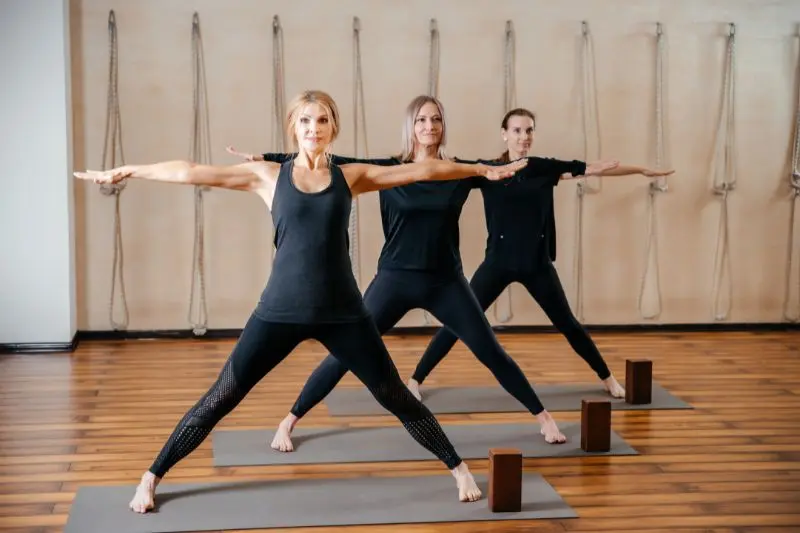
Support in Sitting Poses
If you struggle with sitting comfortably in cross-legged positions, place a block under your hips to elevate them and reduce strain on your knees and lower back.
Extension in Standing Poses
In standing forward bends or half-moon poses, use blocks to bring the ground closer to you, allowing for a deeper stretch without compromising your alignment.
Alignment in Chest Openers
When practicing heart-opening poses like supported fish pose or reclining bound angle pose, position a block beneath your upper back for added support and to maintain proper alignment.
Stability in Balancing Poses
For poses such as half moon or extended hand-to-big-toe pose, use blocks to stabilize your hand on the floor and find balance with greater ease.
Essential Poses with a Yoga Block
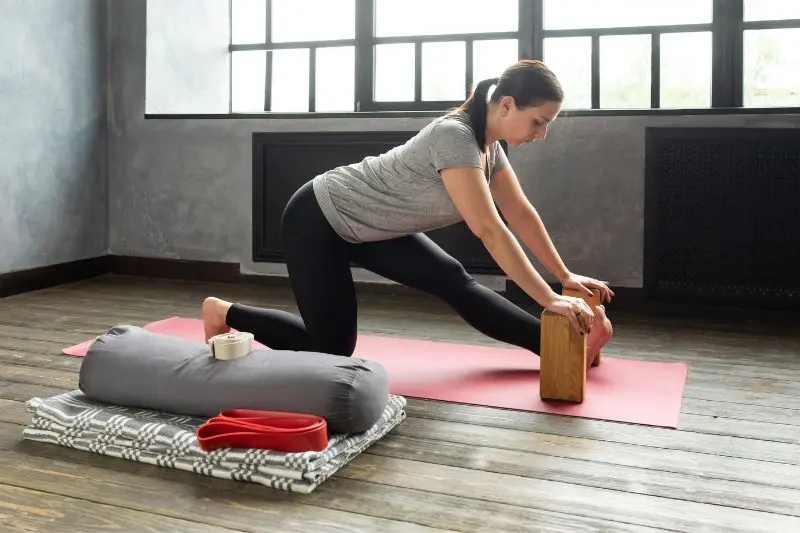
Downward-Facing Dog
- Start in a tabletop position with the yogEssential Yoga Block placed at the top of your mat.
- Position your hands shoulder-width apart and press the block down with your palms to elevate your wrists, reducing strain.
- Lift your hips up and back, pressing into the block for added stability and support.
- Hold the pose for a few breaths, focusing on the alignment and extension of your spine.
Supported Bridge Pose
- Lie on your back with your knees bent and the yogEssential Yoga Block within reach.
- Place the block under your sacrum, adjusting its height to your comfort level.
- Gently lift your hips and slide the block underneath, allowing it to support the natural curve of your spine.
- Relax into the pose, feeling the gentle opening of your chest and shoulders.
Extended Triangle Pose
- Begin in a standing position with the yoga block placed at the outer edge of your front foot.
- Hinge at your hip and reach down, placing your hand on the block for support.
- Use the block to maintain balance and stability as you extend your other arm toward the sky.
- Feel the elongation through your side body and the support offered by the block.
Seated Forward Bend
- Sit on the floor with your legs extended and the yogEssential Yoga Block within reach.
- Place the block on the floor in front of you and rest your forehead or hands on the block as you fold forward.
- Utilize the block to support your upper body and ease into the stretch, allowing for a deeper release in the hamstrings and lower back.
Supported Warrior Block
- Begin in a standing position with the yoga block placed between your hands.
- As you move into Warrior or pose, press your hands into the block to stabilize and deepen the posture.
- Use the block as a grounding tool, allowing for increased balance and strength in the pose.
More advanced ways to use Yoga Blocks
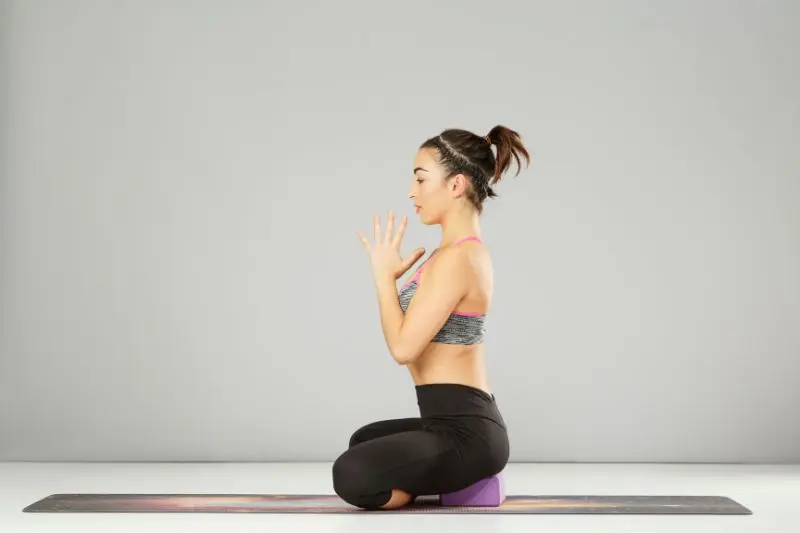
Deepen Your Stretches with Prop-Assisted Poses
One of the most common uses for yoga blocks is to provide support and extension in various poses. However, by incorporating yoga blocks strategically, you can deepen your stretches and target specific muscle groups more effectively. For example, in a seated forward fold, placing a block under your forehead can help you release tension in the upper back and shoulders, allowing you to sink deeper into the pose and experience a more intense stretch.
Enhance Balance and Stability in Standing Poses
Balancing poses can be challenging, especially for beginners or those working on improving their balance. Yoga blocks can serve as a valuable aid in standing poses, such as Half Moon or Ardha Chandrasana. By placing a block under your bottom hand in Half Moon pose, you can stabilize your balance and focus on extending and opening up through the upper body, ultimately enhancing your overall alignment and stability.
Strengthen Your Core and Upper Body
Yoga blocks can also be used to add resistance and challenge to your core and upper body exercises. For instance, incorporating blocks into your plank pose by gripping them with your hands can intensify the engagement of your arms, shoulders, and core muscles, offering a more dynamic and effective workout. This advanced variation can help you build strength and stability while refining your alignment and posture.
Support Inversions and Backbends
Inversions and backbends are advanced yoga poses that require both strength and flexibility. Yoga blocks can provide valuable support in these challenging poses, allowing you to gradually work on your alignment and deepen your practice over time. For example, using blocks under your hands in a supported bridge pose can help you lift and open through the chest, while also providing a stable foundation for exploring deeper backbends in a safe and controlled manner.
